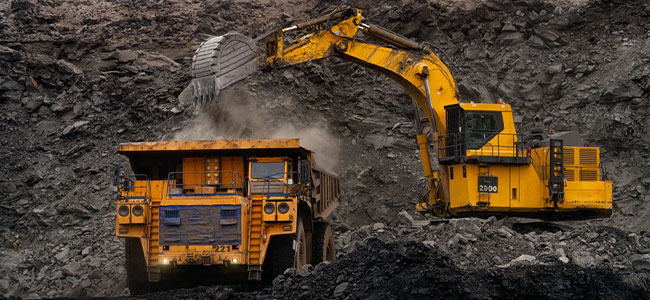
MSHA Announces Rule Protecting Miners from Accidents Tied to Surface Mobile Equipment
The final version of the agency's latest rule governing mining worker safety was published on December 20.
- By Robert Yaniz Jr.
- Dec 22, 2023
The U.S. Department of Labor's Mine Safety and Health Administration (MSHA) has announced a final rule to protect miners from accidents associated with surface mobile equipment.
According to a release dated Dec. 19, this new regulation mandates mine operators to develop comprehensive written safety programs for surface mobile equipment—excluding belt conveyors—both in surface mines and the surface areas of underground mines. These safety programs must also be shaped with contributions from miners and their representatives, with a focus on identifying and mitigating hazards and potential risks associated with the equipment.
In recent years, powered haulage equipment and machinery have been among the leading causes of serious injuries and fatalities in mines. In 2023 alone, 40 miners faced fatal injuries, including 16 related to machinery and 10 to powered haulage accidents.
“Given the number of serious and fatal machinery and powered haulage accidents that have occurred in recent years, the Mine Safety and Health Administration has worked hard to issue this final rule to enhance safety protections for miners working with and around surface mobile equipment,” MSHA Assistant Secretary Chris Williamson said in a statement. “As MSHA works with the entire mining community to implement the new rule, we strongly encourage everyone to prioritize training and to identify and eliminate machinery and powered haulage hazards that can put miners’ lives and livelihoods at risk.”
The final rule was officially published in the Federal Register on Dec. 20, 2023. MSHA district managers will begin stakeholder meetings in January 2024 to discuss compliance assistance within the mining industry.
About the Author
Robert Yaniz Jr. is the former Content Editor of Occupational Health & Safety.